How to optimise your company LinkedIn profile
Posted on
Ok, so love it or loath it … LinkedIn is a great place to see and be seen. Does your business have a LinkedIn company profile page? If not, you could be missing a trick. And if you do, and you feel its been a little neglected, here are a few tips to refresh your page:
- Firstly, optimise your description field by listing your most important keywords and phrases separated by a symbol, such as an asterisk (*). Limit text to roughly 100 characters with spaces and symbols.
- Next, draft an engaging company description and use your keywords and phrases throughout the description. Avoid keyword-stuffing and writing for search engines by keeping it natural. Have someone proof read the final content to make sure it reads well.
- Also take advantage of the 'specialties' section of your page. You can use up to 256 characters in this section, so be sure to include your top 10 to 15 SEO keywords so that people find your business when they search.
- To create engagement, invite people to follow your company page once you start publishing status updates. Be sure to include your target SEO keywords in your updates. Your status updated can be a cut and paste or a version of the posts you are sharing on your personal profile.
- Optimise Your LinkedIn Showcase Pages - LinkedIn’s showcase pages are an extension of your company page and are designed to highlight particular brands or product lines. As with company pages, LinkedIn members can follow your showcase pages and you can publish status updates to them. Here’s how to make showcase pages work for you: Include target SEO keywords in the showcase page name and the description. You can use up to 200 characters to make the description text compelling. Showcase pages haven’t gained a lot of traction, so LinkedIn may not keep them around forever. However, Google likes them, so we recommend you adopt them for now.
- Provide a link to the corresponding service or product page on your website and invite people to follow your showcase page. When posting relevant status updates, include target SEO keywords.
- Optimise Posts to LinkedIn Groups. Currently, you can join up to 50 groups on LinkedIn. Finding the right groups can work in your favour because Google indexes and displays LinkedIn group discussions in their search engine results. Here’s how to get the most SEO juice out of your group postings: Always abide by group rules so posts don’t end up in the Pending Review section. Include a target SEO keyword in the title and description fields of the group posting. Use keywords in your Group updates. Gain extra mileage by perpetuating the conversation. Respond if someone comments on your post. Google loves social media posts that gets engagement.
I'd be very happy to review your profile, please send it across to me at [email protected]

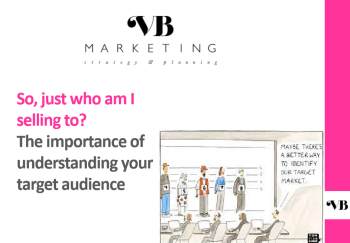
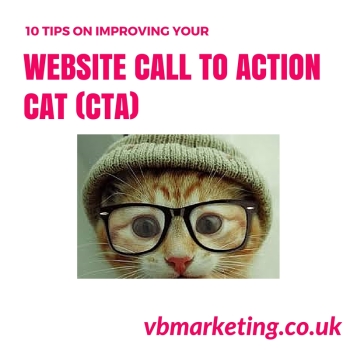 There are two key elements to marketing. The first is to drive traffic to your website, and the second is to get the traffic to convert into customers. This blog focuses on 10 tips to improve conversion to enquiry on your website or campaign landing page. And let’s not forget, CTAs are everywhere – homepages, webpages, blog posts, emails, landing pages, etc, etc.
There are two key elements to marketing. The first is to drive traffic to your website, and the second is to get the traffic to convert into customers. This blog focuses on 10 tips to improve conversion to enquiry on your website or campaign landing page. And let’s not forget, CTAs are everywhere – homepages, webpages, blog posts, emails, landing pages, etc, etc.

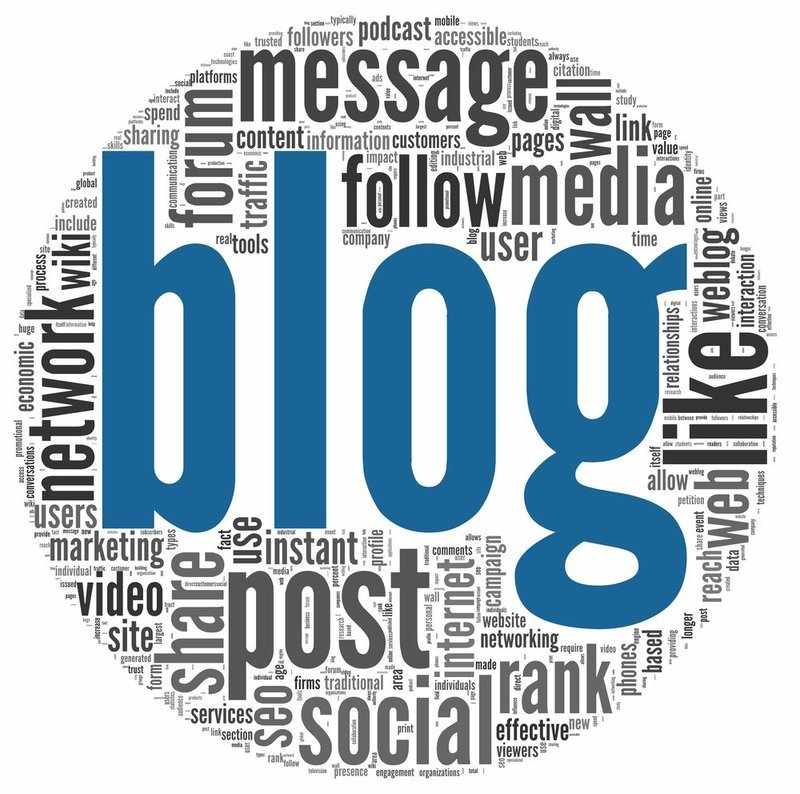
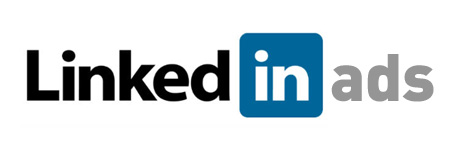

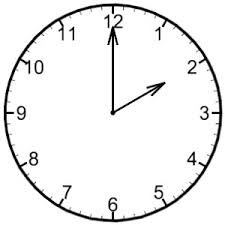 It is recommend to publish eShots on Thursday’s between 1 and 3pm, that’s very precise I hear you say! There are variations on the theme detailed below. Most email marketing experts would claim that 8am is too early to send an email newsletter, but it works great for some with over 25% open rates with this time (according to MailChimp).
It is recommend to publish eShots on Thursday’s between 1 and 3pm, that’s very precise I hear you say! There are variations on the theme detailed below. Most email marketing experts would claim that 8am is too early to send an email newsletter, but it works great for some with over 25% open rates with this time (according to MailChimp).